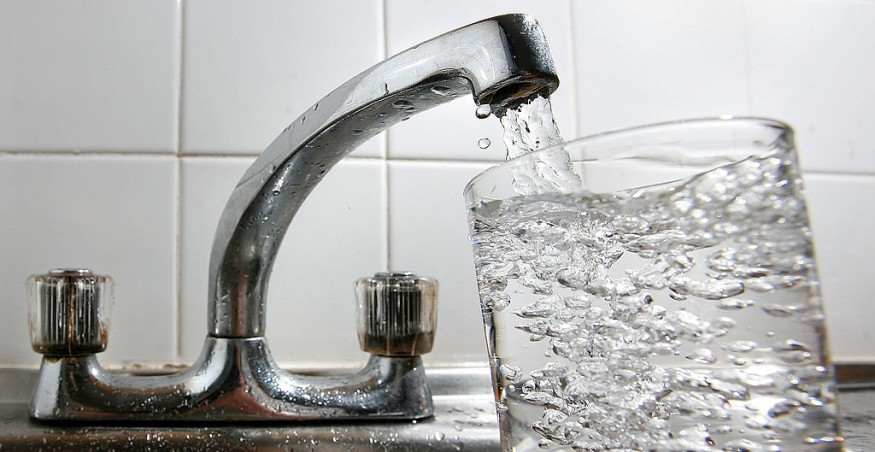56 new contaminants have been identified to be contaminating US tap water supplies, and regulators in the country are getting concerned as a list of them was linked to serious health problems.
According to an Environmental Working Group (EWG) drinking water quality analysis of over 31 million state water records, water utilities' testing has found pollutants in the nation's tap water since 2013. The advocate has now updated its database for the first time since 2019, and these dangerous substances are linked to critical diseases like cancer, reproductive disruption, liver disease among others.
Pesticides, water disinfectant byproducts and radioactive materials are some of the other substances identified by regulators.
Regulating forever chemicals across various industries

A known class of toxic substances called 'forever chemicals' have been contaminating drinking water for more than 100 million people. Regulators and utilities have grown concerned as the list goes on based on recent analysis.
"It speaks to the fact that we don't have nearly strong enough regulations in place to protect drinking water, and the regulation process is much too slow," said the EWG senior scientist Tasha Stoiber. "We're testing for things that are already in our drinking water after the fact and we're not keeping pace with these chemicals."
Some substances identified have been produced and used for years, but are only being monitored and introduced later. Even such contaminants that have just been used by other industries in larger quantities include the list. Now it becomes clear how drinking water is linked to health problems.
Many of these substances were identified as part of the Environmental Protection Agency's unregulated contaminant monitoring rule (UMCR).
The regulation process
The Environmental Protection Agency (EPA) first track presence of chemicals in water systems to determine beforehand how widespread a chemical's contamination is before setting new limits.
For instance, regulators have detected a substance called HAA-9, a byproduct of the drinking water disinfection process. They then set limits for this substance as it was found to cause health problems to consumers. Although industry claims that HAA-9 was safe, it was found in a recent study that it can be linked to low birthrate, so EPA begins to monitor it.
However, in 20 years since this rule has been implemented, EPA has failed to set a new limit under the UMCR due to the lenghty process. Even compounds detected in 2013 is yet to be set with limits for only two kinds by next year.
As for now, states can only put stricter regulations in place for such chemicals.
"Everyone can be educated," Stoiber said. "Contact the local utility, ask them questions about what they're doing and push for stronger regulations that protect people's health."
According to her, people can take part in preventing contaminants in their water system by educating themselves about it, buyind filters, and advocate for stronger regulations. The EWG's database should allow them to search for contaminants in water systems by zip code so they will be guided.
© 2025 NatureWorldNews.com All rights reserved. Do not reproduce without permission.





